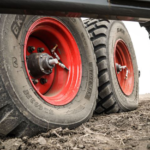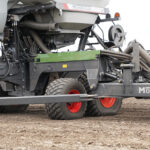Running the Numbers
In my last post, I discussed the business plan for Pellet Technology USA (PTUSA) and their strategy for utilization of over 100,000 tons of densely packed corn stover. What makes this undertaking especially interesting is that they will utilize that...
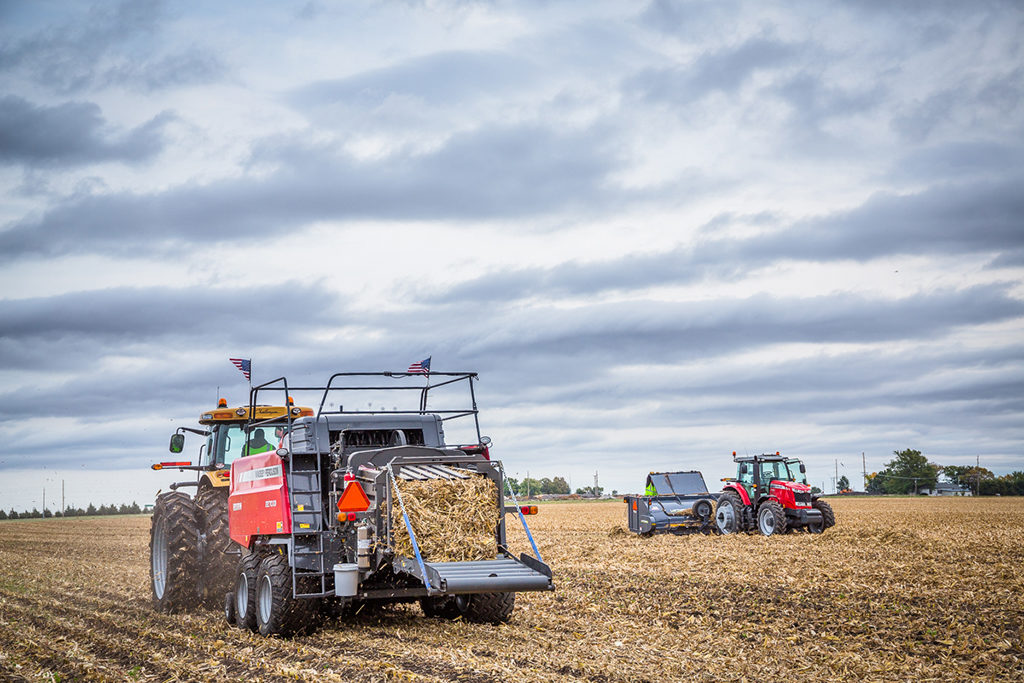
Running the Numbers
In my last post, I discussed the business plan for Pellet Technology USA (PTUSA) and their strategy for utilization of over 100,000 tons of densely packed corn stover. What makes this undertaking especially interesting is that they will utilize that...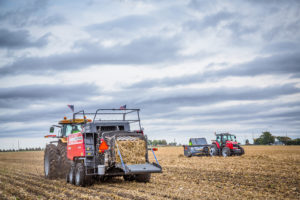
In my last post, I discussed the business plan for Pellet Technology USA (PTUSA) and their strategy for utilization of over 100,000 tons of densely packed corn stover. What makes this undertaking especially interesting is that they will utilize that significant amount of corn stover year after year to create their sustainable business. They aren’t planning to be a one-hit wonder. And that kind of volume isn’t something you can just order online from Amazon.
As we worked with the PTUSA team on providing the overall solution to collect, bale, pick-up, transport and deliver a majority of the corn stover, another key item was in play: the short- and long-term economics for the local market.
As we mentioned in a previous post, within a 50-mile radius of York, Nebraska, there is an estimated 2.5MM tons of ag residue from the corn fields. We will deliver 100,000 tons for this year’s supply. But that is just eight percent of the available residue. Eight percent. So 92 percent is just lying there – literally – waiting to be harvested.
So, let’s say the harvest amount jumps to 15 percent or 20 percent. To harvest it all takes equipment and manpower. And that means jobs. A lot of jobs.
With such enormous potential, PTUSA announced in 2015 that they would build a plant in York, to process and pelletize the ag residue, adding value to local corn, energy and animal producers. In April 2016, construction began, and the plant went online in late November 2016. The project created construction jobs. And, now that the plant is open, there are jobs available at the facility.

And then – there’s the trickle-down effect. It means jobs in the local market to handle it all. From grocery stores, to cafes, to hotels. Plus it means other jobs, such as trucking and construction.
And then there’s the tax revenue. It goes back into the local economy, generating millions of dollars for the community.
Collection and removal of ag residue is also a new source of revenue for the local farmer. Farmers receive money for every ton of ag residue collected and baled. With the price of corn today being on the downside, that’s money that can help a farmer’s bottom line.
(There is another value, too: taking the ag residue off the land. But we’ll save that for a later post.)
And, just think for a second. What I described is just one local market.
What is the term? Think global, act local?
Think of how much stover is available each year across the Heartland. A lot. As far as the eye can see. So, if there is about 2.5MM tons of residue for every 50 miles, what if there was a plant like York every 50-100 miles? Think how it could drive the economics in those local markets.
Then think, how much stover is available in Nebraska? Or Iowa? Or Kansas?
You get the (big) picture. The potential is huge.
If you start to imagine every harvest season, the symphony of Challenger and Massey Ferguson tractors, flail shredders, Hesston balers running across fields clearing residue and stackers building giant walls of bales at the field ‘s edge. Then trucks transporting the high-density bales to the factories producing pellets for feed stock or fuel – or things we’ve yet to even imagine – you can start to see how this “trash” may be the engine to revive local economies.
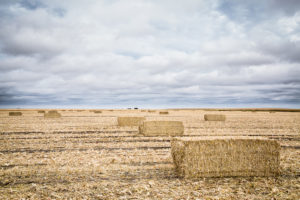
Best of all, its an annual event. It’s renewable. It’s green, and it’s clean.
And with the help of AGCO’s Biomass Solutions team, it could be the answer to a lot of prayers across numerous farming communities.

